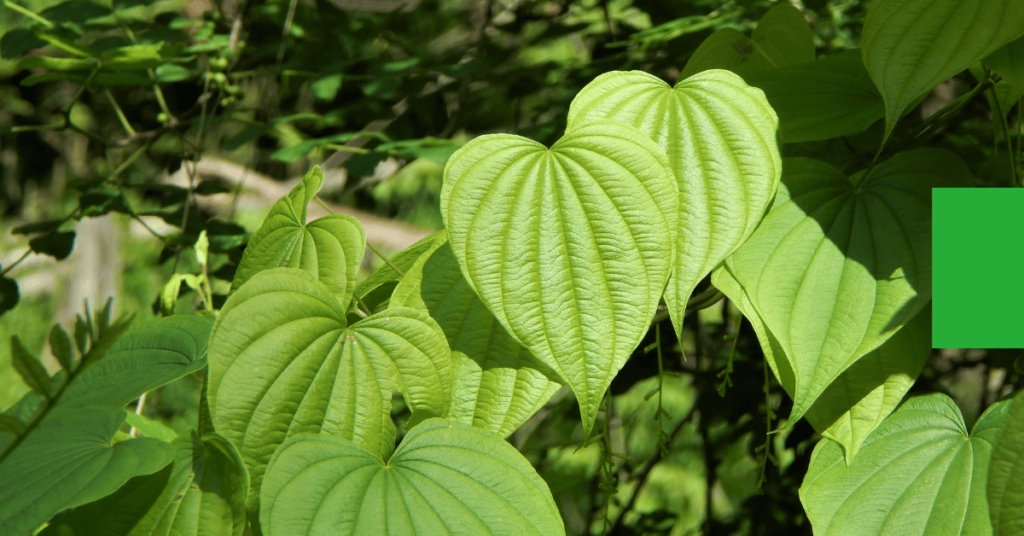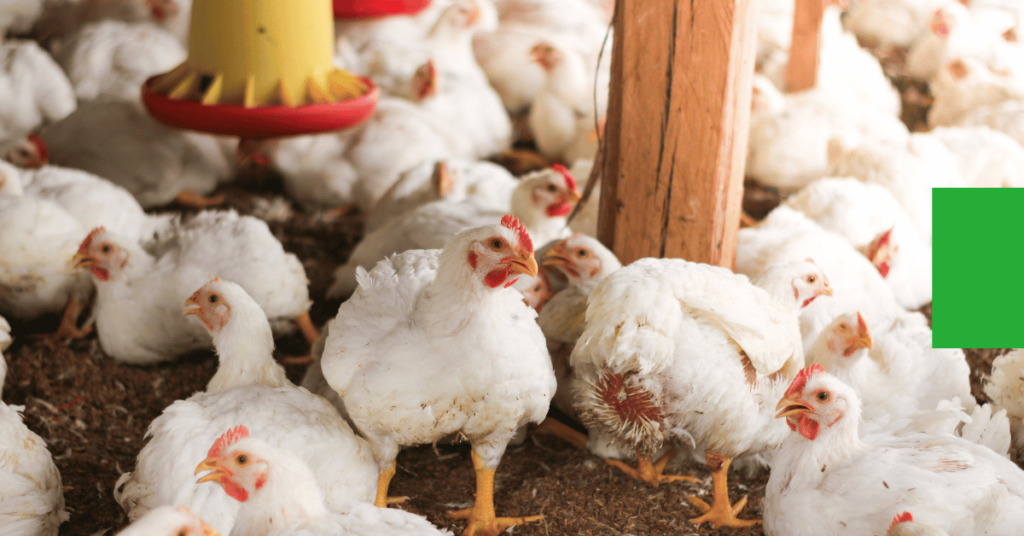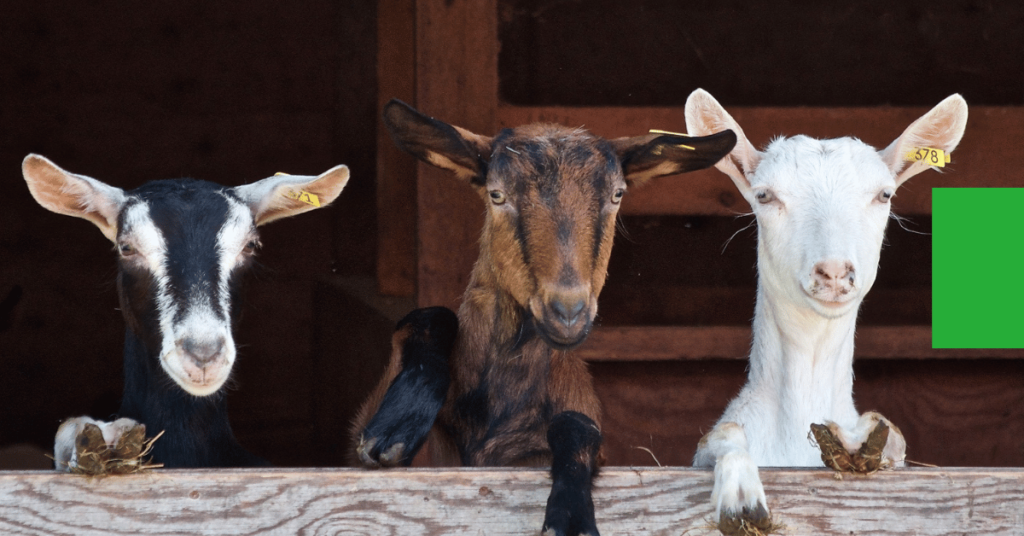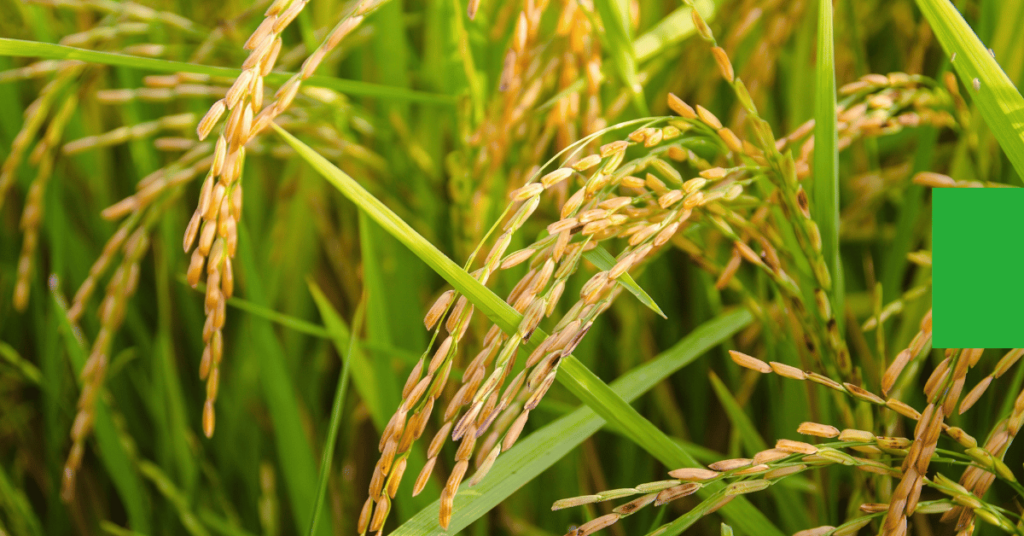Top 5 Yam Producing States in Nigeria (2023)
The top 10 Yam Producing States in Nigeria do not come as a surprise because we account for 70-76% of yam consumed in the world amounting to 17 million tonnes from a land area of 2,837,000 hectares under yam cultivation. It was reported that in 1985, Nigeria produced 18.3 million tonnes of yam from 1.5 million hectares, representing 73.8 per cent of total yam production in Africa. According to 2008 figures, yam production in Nigeria has nearly doubled since 1985, with Nigeria producing 35.017 million metric tonnes with a value equivalent of US$5.654 billion. In perspective, the world’s second and third largest producers of yams, Côte d’Ivoire and Ghana, only produced 6.9 and 4.8 million tonnes of yams in 2008 respectively. Yams are the fifth most widely harvested crop in Nigeria (following cassava, maize, guinea corn/sorghum, and beans/cowpeas); and, after cassava, the most commonly harvested tuber crop. It belongs to the class of roots and tubers that is a staple of the Nigerian and West African diet, which provides some 200 calories of energy per capita daily. It also has an important social status in gatherings and religious functions, which is assessed by the size of yam holdings one possesses. Are you curious to know which states in Nigeria produce the most yams? This article highlight the top 10 yam-producing states in Nigeria. Benue State Benue State is known as the “food basket” of the nation located in the middle belt of the nation, it is regarded as one of the largest producers of yam in Nigeria. It produces over 4 million metric tonnes of yam annually, making up 51% of the country’s total yam production. The fertile land in Benue state, coupled with the conducive weather conditions, has made yam farming thrive in the state. It boasts of having the Zaki Biam market, the largest yam market in West Africa which specializes in the sale of yams locally and for export. 2. Taraba Taraba State is one of the largest producers of yam in Nigeria, with its products accounting for over 13 per cent of the country’s total yam production. The state has abundant arable land, with 4 million hectares available for farming and 1.5 million hectares being exploited yearly. Two marketplaces, Wukari and Danacha, are known for their contributions of yam to Taraba State’s other agricultural products like cassava and yam. The high production of yams in Taraba State has positively impacted the economy, providing employment opportunities to many people involved in farming activities. It has also enabled farmers to generate income from their produce by selling it at local markets or exporting it to other parts of Nigeria or abroad. Furthermore, this high production rate has helped to ensure food security in the state by providing a steady supply of yams throughout the year. 3. Nasarawa State Nasarawa state remains one of the largest yam producers in Nigeria since the 19th century when it has been cultivating and exporting yam to various countries of the world The most popular variety of yams in Nasarawa State is called the ‘paper’ yam species which is highly sought after globally because of its unique texture and flavour. The state’s topography and weather conditions make it a suitable place for yam farming such as white and yellow yams. 4. Cross River State This is one of the states in the southern part of Nigeria (South-South geopolitical zone), it is one of the highest yam-producing States in Nigeria, accounting for having produced 1,503 1000 metric tons of yam in 2005. In the northern region of the state of Cross River, yam output is particularly highn particularly (the Ogoja area has a vast yam plantation) Other Yam Producing States in Nigeria ,in the Southern part of Nigeria are Ebonyi, Enugu, Delta, Anambra, and Imo whose state government has provided support for yam farmers by providing loans, fertilizers, and other agricultural inputs to increase yam production 5. Oyo State This is a state in the southwestern part of Nigeria with the highest yam production. it prides itself on an impressive 2.4 metric tonnes of yam on an annual basis. The state has a vast arable land which is been exploited for the growth of several root crops such as Cassava, yam, and sweet potatoes used in various dishes across the country and beyond. The government has invested in various modern farm implements used in farming techniques and infrastructure, allowing farmers to produce more yams than ever. Other states in this region are Ogun, Osun, Ondo, Ekiti In conclusion, Yam is one of the most popular staple foods in Nigeria, with a high demand for it both locally and internationally used in various ways, from being boiled, roasted, fried, pounded, and made into flour. There are different states with distribution of yam cultivation in Nigeria, are you looking to begin an agribusiness with yam as an agricultural produce? This article will have helped you to identify which state has the highest supply and demand for you to maximize profits. However will you need help, kindly feel free to write to us or comment below
Top 5 Yam Producing States in Nigeria (2023) Read More »







